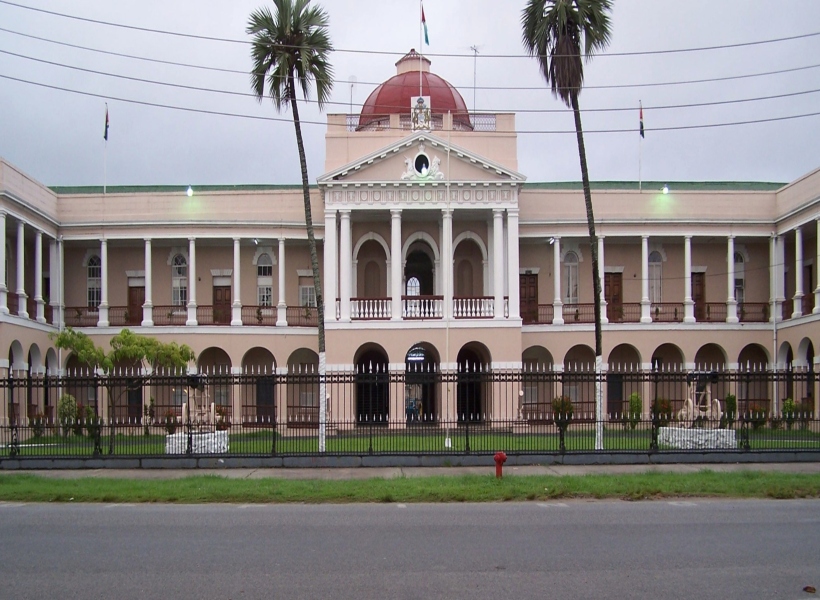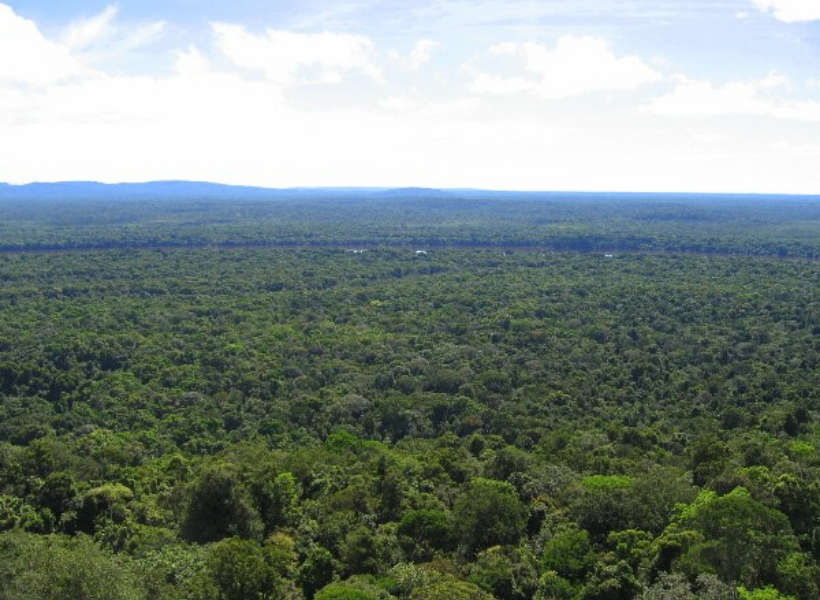The Ministry of Finance has disclosed via its 2023 Half Year Report that the agriculture, forestry and fishing sector expanded by 7.6 percent, driven by growth in all subsectors – namely other crops, rice growing, livestock, fishing, forestry, and sugar growing.
The ministry’s report stated that the sugar growing industry is estimated to have expanded by 30.1 percent when compared with the first half of last year. In fact, the Guyana Sugar Corporation (GuySuCo) produced 17,034 tonnes of sugar in the first crop of this year, compared with 13,089 tonnes during the same period in 2022, on account of improved weather conditions and yields. Under the assumption that GuySuCo will produce 60,858 tonnes of sugar, as projected at the time of preparing Budget 2023, the growth projection for the sector remains unchanged at 29.3 percent for 2023.
In the first half of the year, government said the rice growing industry is estimated to have grown by 3.2 percent. Expounding in this regard, the report states that the Guyana Rice Development Board (GRDB) has reported production of 302,295 tonnes of rice equivalent, compared with 290,780 tonnes in the first half of last year. On account of favourable weather conditions, the yield achieved for the first crop of 2023 was 6.2 tonnes per hectare, compared with 5.9 tonnes per hectare in the first crop of 2022. Furthermore, production for the second crop of 2023 is now estimated at 350,225 tonnes of rice equivalent, as favourable weather conditions and better yields continue to drive expansion in the sector. A revised growth rate of 7.4 percent is now estimated for rice growing this year.
With respect to the other crops subsector, the report said this is estimated to have expanded by 9.4 percent in the first half of 2023, largely driven by growth in the production of coconuts, root crops, vegetables, and fruits. The output from these subcategories expanded by 77.3 percent, 14.4 percent, 4.6 percent, and 5.4 percent, respectively. Looking ahead, the forecast of drier conditions in the second half of the year, because of the impact of El Niño, has led to some moderation in the forecasted production for some crops. As such, this subsector is now projected to grow by 4.9 percent this year.
As for the livestock subsector, it is estimated to have grown by 4.7 percent, in the first half of the year. During this period, the production of eggs, poultry meat, beef and mutton expanded by 6.1 percent, 6.1 percent, 9.3 percent, and 25 percent, respectively. At the same time, however, government said it saw declines in milk and pork production, with the former being affected by diseases and flooding in some areas. Milk output contracted by 11.3 percent, and pork by 3.8 percent. Taking the first half performance into consideration, the outlook for the subsector for 2023 has been revised to a growth rate of 10.4 percent.
In terms of the performance of the fishing subsector, the report states that this is estimated to have expanded by 9.9 percent in the first half of the year, on account of improved output from the shrimp industry. Aquaculture production grew 33.7 percent in the first half of the year, driven largely by an expansion in brackish water shrimp production, supported by Government’s investment in the sector. With respect to marine production, fish output contracted by 8.7 percent when compared with the first half of 2022, while shrimp production grew by 49.5 percent to reach 9,351 tonnes in the first half of this year. The decline in fish production was attributed to reduced fishing activities amid the growing presence of sargassum in waters, as well as one major operator not working for an extended period at the beginning of the year. On the upside, government’s report states that improved shrimp catches were due to more favourable climatic conditions, combined with better performance in the locations within which the fishers operated. In the second half of the year, the outlook for both marine fish and shrimp production is positive, with an expected recovery in marine fish production. As such, the growth rate for the subsector in 2023 is maintained at 8.4 percent.
Turning to the forestry sector, it is estimated to have grown by 4.5 percent in the first half of this year. At the end of June, government’s report states that 209,238 cubic metres of timber products were produced, compared with 203,220 cubic metres during the same period last year. The year-on-year increase is driven by greater production of logs and roundwood, as the production of all other sub-categories have declined. The production of logs grew by 5.1 percent in first half of the year, and roundwood by 28.5 percent. The 2023 outlook for the sector remains unchanged, with growth forecasted at 4 percent for the year, as concession holders work to meet outstanding targets.









